Tyrfying And Gram: Two Magical Swords In Norse Mythology
Ellen Lloyd – AncientPages.com – Norse mythology is full of wonderful stories about powerful gods and goddesses, creative dwarves, ugly and funny trolls, mysterious places and strange magical objects.
Swords played a significant role in Norse Sages as well as in the lives of the Vikings. To give a sword a name was nothing unusual considering that they were expensive, time-consuming to produce and associated with a distinguished warrior. One of the most famous swords is the Ulbercht sword.
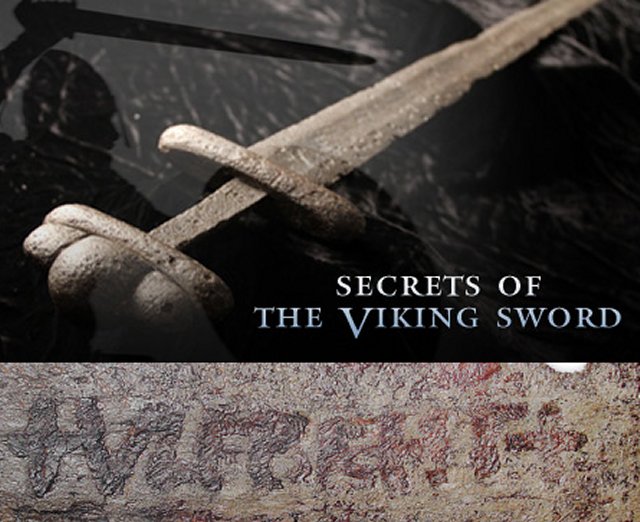
Researchers have so far identified about 100 named swords in Norse mythology. In this article, MessageToEagle.com examines two of these magical and extraordinary swords.
Hervor And Her Magical Sword Tyrfing
In the Hervarar Saga, a legendary Norse saga from the 13th century containing traditions of wars between Goths and Huns, from the 4th century, and used as a source for Swedish medieval history we across the tale of shieldmaiden Hervor, a young woman who always participated in battles.
Hervor possessed a magical sword named Tyrfing. It was an extraordinary weapon that made any warrior who fought with it invincible. Tyrfying was always shining brightly, just like the Sun and every time its edge was uncovered someone got killed. No living creature could survive even the slightest wound made by the sword.
It was commonly believed that Tyrfying was forged and cursed by the dwarves Dvalinn and Durin for king Svafrlami, one of Odin’s sons. Dwarves were well-known for their outstanding ability to produce remarkable weapons.
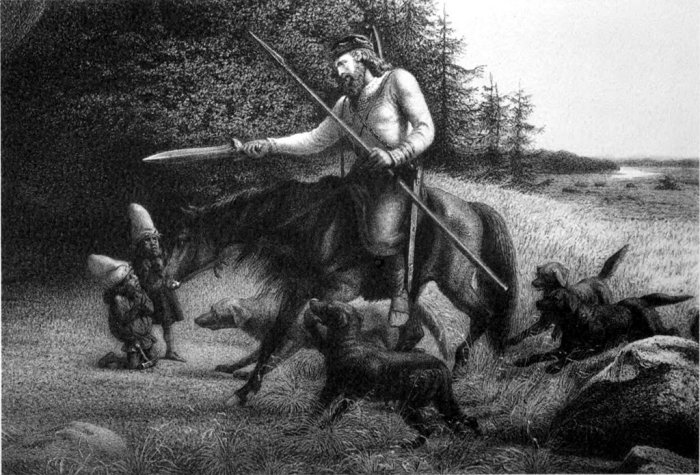
The sword never missed its target and ensured its bearer victory, which naturally made it a desirable weapon.
The first owner of Tyrfying was most likely king Svafrlami. One day, he was hunting on his horse and discovered two dwarves near a large stone. He bound them by swinging his sword above them so they could not disappear. The dwarves, who were named Dvalinn and Durin, asked if they could buy themselves free and undertook to make a magic sword. The sword would neither break nor rust and it would cut through iron and stone as easily as through cloth and would always give victory.
See also:
Uggly Trolls – Fascinating Mythical Creatures Of Scandinavia
Mystery Of The Kusanagi Treasure: The Legendary Sword
Heimdallr: Norse God Who ‘Illuminates The World’ And Guards The Rainbow Bridge Bifröst In Asgard
When Svafrlami acquired the sword, he saw that it was an exquisite and beautiful weapon and it was named Tyrfing. However, before disappearing into the rock, the dwarves cursed the weapon so that it would never be unsheathed without killing a man, would be the undoing of Svafrlami and cause three evil deeds.
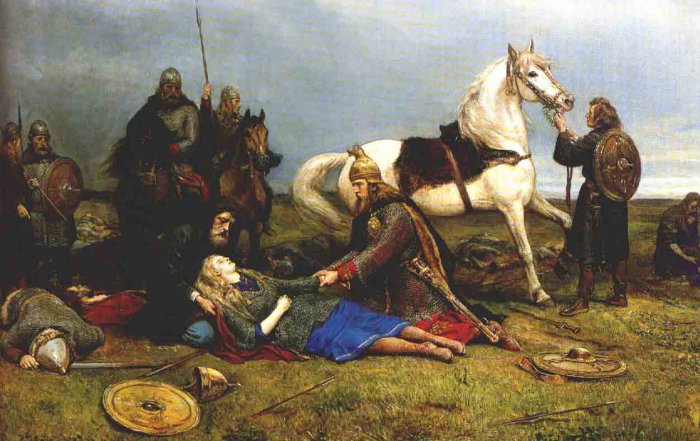
Apparently, Hervor took the Tyrfying from the grave of Angantyr, her father. Angantyr had inherited the sword from his father the berserker Arngrim.
What happened to the sword when Hervor died remains a mystery.
Gram – The Magical Sword That Killed The Dragon
In the Edda there is also a tale of another magical sword named Grim which meant “enemy”.
The Gram sword is depicted on an old runestone standing on a hill just outside the Swedish city of Eskilstuna.
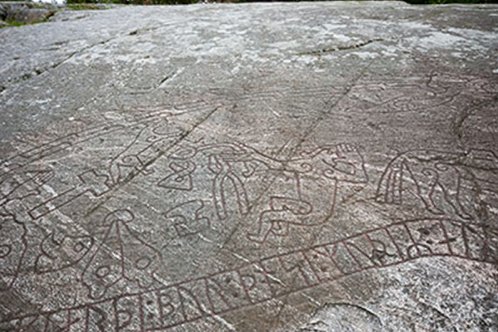
According to a Norse legend, a dwarf named Fafner killed his father so he could steal a huge, valuable gold treasure. Fafner was later changed into a dragon. His brother Regin was furious and sought revenge.

Together with a young boy named Sigurd, he located the hiding place of the stolen treasure. Regin forged a very strong sword so he could kill the dragon and get back the treasure. He named the sword Gram and killed the dragon with it.
The legend is well-known in Scandinavia and the event is depicted on a thousand-year-old runestone in Sweden.
Written by – Ellen Lloyd – AncientPages.com
Copyright © AncientPages.com All rights reserved. This material may not be published, broadcast, rewritten or redistributed in whole or part without the express written permission of AncientPages.com
Related Posts
-
 2,250-Year-Old Iron Age Settlement Discovered Near Upton-Upon-Severn
No Comments | Jan 4, 2022
2,250-Year-Old Iron Age Settlement Discovered Near Upton-Upon-Severn
No Comments | Jan 4, 2022 -
 Nomadic People’s 1,500-Year-Old Imperial Worship Unearthed In Hohhot, Inner Mongolia
No Comments | Nov 18, 2020
Nomadic People’s 1,500-Year-Old Imperial Worship Unearthed In Hohhot, Inner Mongolia
No Comments | Nov 18, 2020 -
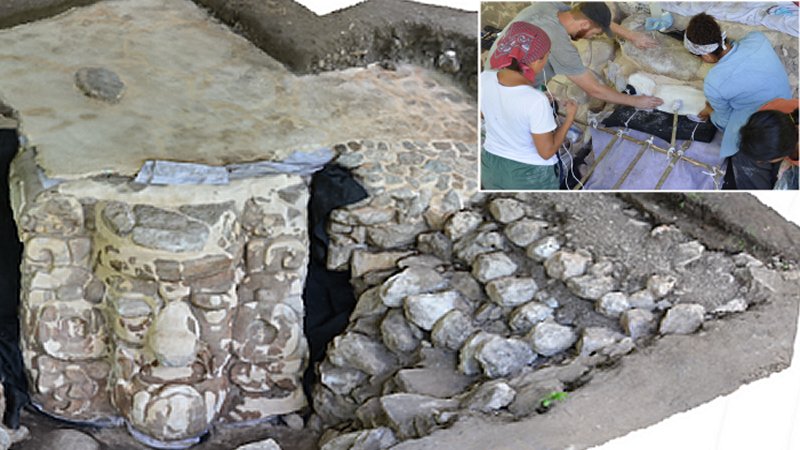 Huge Maya Stucco Mask Unearthed At Ucanha Site In Yucatan
No Comments | Feb 19, 2021
Huge Maya Stucco Mask Unearthed At Ucanha Site In Yucatan
No Comments | Feb 19, 2021 -
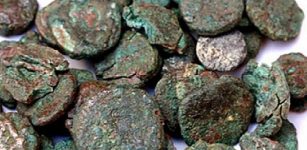 Thousands Of Ignored ‘Nummi Minimi’ Coins Found In Ancient Marea, Egypt With Hidden Fascinating History
No Comments | Dec 13, 2023
Thousands Of Ignored ‘Nummi Minimi’ Coins Found In Ancient Marea, Egypt With Hidden Fascinating History
No Comments | Dec 13, 2023 -
 Herne The Hunter – The Horned God And Lord Of The Forest In British Mythology
No Comments | Jan 12, 2016
Herne The Hunter – The Horned God And Lord Of The Forest In British Mythology
No Comments | Jan 12, 2016 -
 Newspaper Rock Art: Ancient Indian Petroglyphs That Tell 2,000-Year-Old Story Of Utah
No Comments | Aug 24, 2016
Newspaper Rock Art: Ancient Indian Petroglyphs That Tell 2,000-Year-Old Story Of Utah
No Comments | Aug 24, 2016 -
 Rare Stone Showing Ancient Rome’s City Limits – Accidentally Found
No Comments | Jul 17, 2021
Rare Stone Showing Ancient Rome’s City Limits – Accidentally Found
No Comments | Jul 17, 2021 -
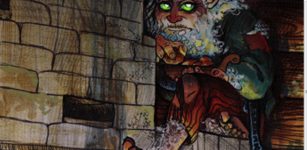 Domovik: Household Spirit In Ancient Slavic Beliefs
No Comments | Apr 3, 2016
Domovik: Household Spirit In Ancient Slavic Beliefs
No Comments | Apr 3, 2016 -
 Hidden History Of Skull And Crossbones: The Untold Story Of The Templar And Their Connection To The Shining Ones
No Comments | Dec 5, 2014
Hidden History Of Skull And Crossbones: The Untold Story Of The Templar And Their Connection To The Shining Ones
No Comments | Dec 5, 2014 -
 Scientists Unravel The Mystery Of The Alexander Sawney Bean Legend & Cave-Dwelling Cannibals In Scotland
No Comments | Sep 24, 2015
Scientists Unravel The Mystery Of The Alexander Sawney Bean Legend & Cave-Dwelling Cannibals In Scotland
No Comments | Sep 24, 2015
